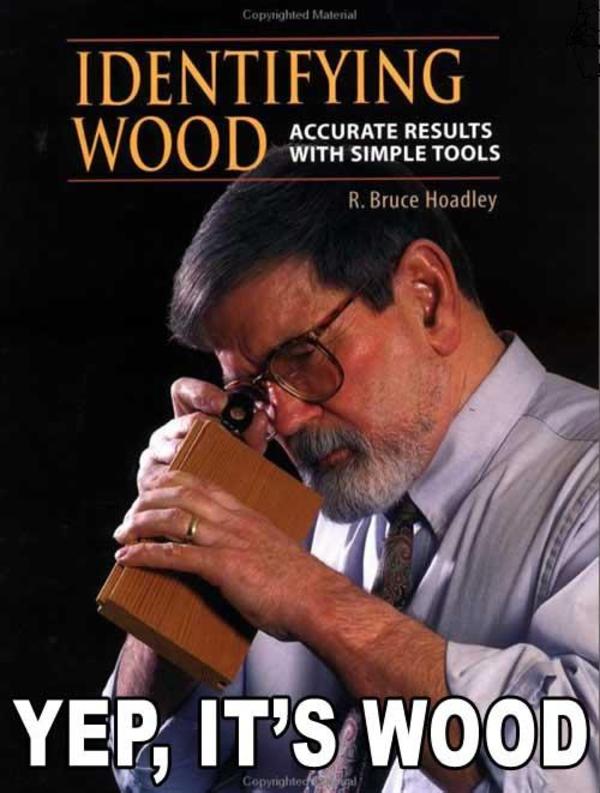Sawdust=manglitter
Established Member
I recently won a box of random pieces of wood at an auction. These two interesting pieces of wood are both beautiful and I would love to get more of them if I can, but unfortunately I have no idea what they are!
The first piece is very dense and heavy. Definitely some kind of exotic...




And the second piece is fairly lightweight and was pretty rough looking until I planed some of it. Beautiful (quilted?) figure though. It does have some white spirits on some of it...




The first piece is very dense and heavy. Definitely some kind of exotic...




And the second piece is fairly lightweight and was pretty rough looking until I planed some of it. Beautiful (quilted?) figure though. It does have some white spirits on some of it...









































